Star Mosque
A tiny mosque decorated with mosaics using an early form of recycling.
When the Star Mosque (or Tara Masjid in Bengali) in Dhaka was first built in the first half of the 19th century, the original Mughal design included a large dome in the center and two smaller ones on each side. Through the years, additions were built and the interior was decorated—changes that were met with criticism, as they subverted the architectural sensibilities of the Mughal style.
Today, with the old design all but gone, the main appeal of the mosque is the striking mosaics decorating it. The artisans who created these patterns used a technique called Chinitikri, which uses broken shards of China porcelain as mosaic pieces. (Pieces of broken bottles were also used at times because colored ceramics were costly.) The size of the pieces varied from half an inch to 2.5 inches, and the preferred shapes were rhomboid and triangular.
The mosque is now one of the few extant examples of an architectural work decorated with Chinitikri-style mosaics. Most notable is the Chinitikri blue star motif that gives the structure its popular name, Star Mosque. Hundreds of blue-colored stars adorn the white marble domes, and this star theme is echoed by the mosaics of flowers and rosettes found on the façade and the interior of the mosque.
Know Before You Go
As with most places in Dhaka, ask a CNG driver to take you there. The mosque is located in the Armanitola area of Old Dhaka.

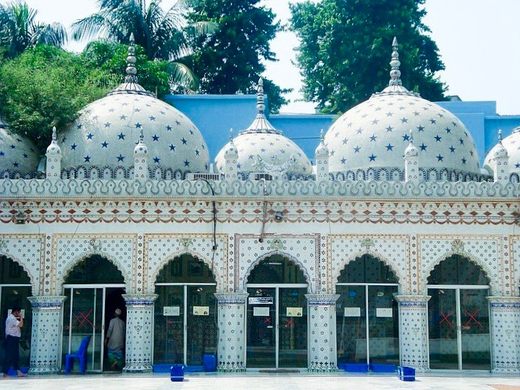

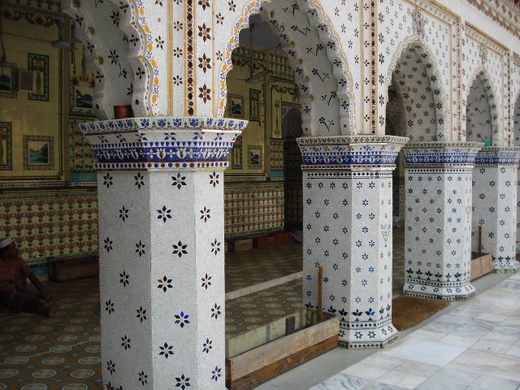
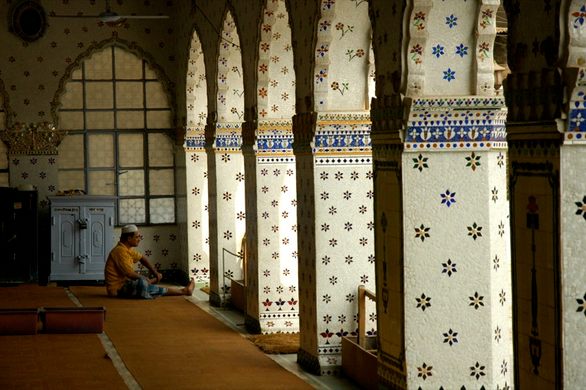




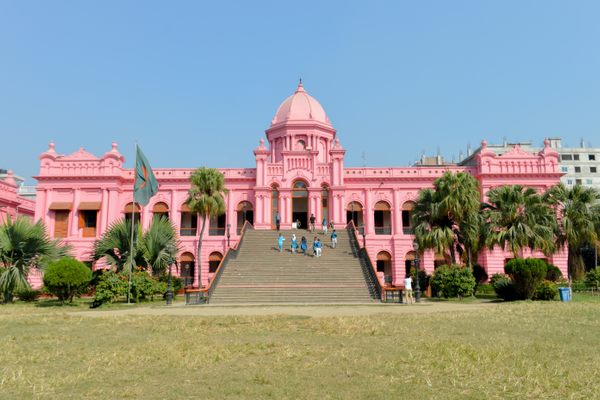
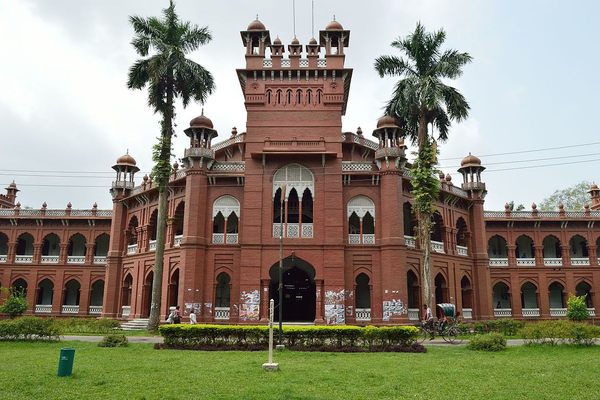



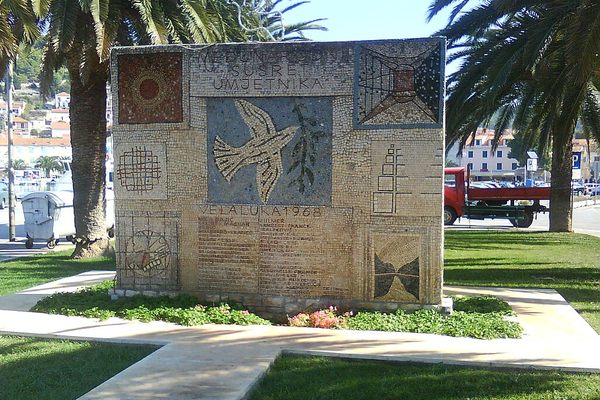


Follow us on Twitter to get the latest on the world's hidden wonders.
Like us on Facebook to get the latest on the world's hidden wonders.
Follow us on Twitter Like us on Facebook